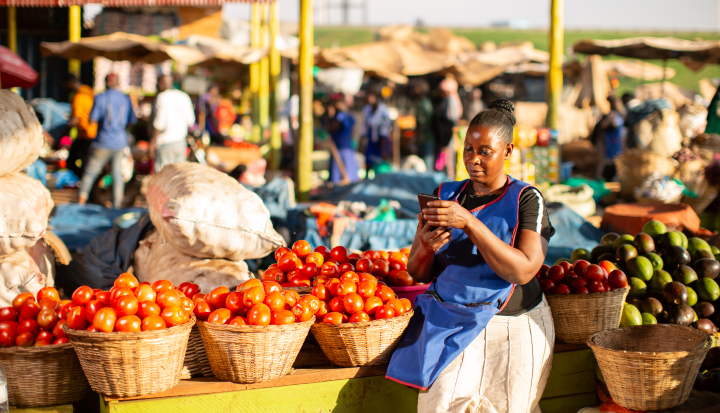In today’s increasingly connected world, mobile phones and mobile internet can transform lives by providing connectivity, information, healthcare, education, e-commerce, financial services and income opportunities from anywhere. Mobile remains the primary – and often only – way that people in low-and middle-income countries (LMICs) access the internet, especially women.The mobile internet gender gap.
While more men and women are using mobile internet than ever before, there are many who are still digitally excluded. Those who are digitally excluded are more likely to be poorer, less educated, rural and women – groups that stand to gain the most from connectivity.
Women are 14% less likely than men to use mobile internet across LMICs. Around 60% of the 885 million women still not using mobile internet in LMICs live in South Asia and Sub-Saharan Africa. These are also the regions where the mobile internet gender gap also remains the widest at 32% and 29%, respectively
Worryingly the GSMA’s latest data shows that progress in closing the mobile internet gender gap across LMICs has stalled. This highlights that more is required if we are to address the mobile gender gap.
The socio-economic imperative
Addressing the mobile internet gender gap is a social and economic imperative, benefiting not only women and their families but societies and economies. The mobile gender gap not only reflects existing inequalities but threatens to compound them.
We estimate that closing the gender gap in mobile internet adoption in LMICS could deliver $230 billion in additional revenue to the mobile industry and would add $1.3 trillion in additional GDP from 2023 to 2030. Our research also highlights how mobile access and use transforms women’s lives, providing them with access to important information that helps them in their daily lives and that they would not have received otherwise.
Women across LMICS share with us their stories of how mobile has changed their lives, providing access to education and skills, helping them with their businesses, enabling them to keep in touch with family and helping access critical medical services.
Understanding the barriers
The mobile gender gap is driven by social, economic and cultural factors, which result in women experiencing barriers to mobile ownership and use, including affordability, knowledge and skills, safety and security concerns, relevance and access. With millions more women offline than men, they are disproportionately affected by these barriers. Women also tend to experience these barriers more acutely due to social norms and structural inequalities, such as lower education and income.
When we look at the data, we see that for those who are aware of mobile internet, the top reported barriers to starting to use it remain affordability (primarily of handsets) and literacy and digital skills. The reality is the on average on average, we estimate that the cost of an entry-level handset represents nearly a quarter (24%) of women’s monthly income in LMICs- double that of men’s.
But it is important to look beyond mobile internet adoption, and towards ensuring that women can use it to meet their life needs. Unfortunately, even once women start using mobile internet, they tend to use it less frequently than men and for a narrower range of services. They face barriers to doing so. The top reported barriers to further use are safety and security concerns, affordability (particularly data but also handsets) and connectivity experience.
Accelerating digital inclusion for women
The mobile gender gap is not going to close on its own. It requires informed, targeted action by all stakeholders working together to address women’s needs and the barriers they face to accessing and using mobile internet. It is not about addressing just one element, but considering the full range of barriers that women face. For instance; handset affordability initiatives that also consider the digital skills women need to use them, the content that might sit on them and the channels to market which reach women.
I have seen first-hand how by taking these sorts of concrete actions it is possible to narrow the mobile internet gender gap. Through our GSMA Connected Women Commitment Initiative, more than 50 mobile operators have made formal commitments with targets to reduce the gender gap in the customer base for their mobile internet and/or mobile money services. Since this initiative was launched in 2026, they have collectively reached more than 80 million women with these services, accelerating digital and financial inclusion for women across Africa, Asia and Latin America.
It is critical that we do not leave women behind in an increasingly connected world. And our latest data highlights that increased focus and investment is required from all stakeholders if we are going to address the significant and stubborn digital gender divide.










2 Responses
Request for support as women in coffee
Buying a land for projects,eg Bee keeping